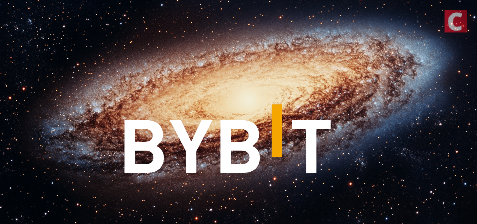
An experienced writer with practical experience in the fintech industry. When not writing, he spends his time reading, researching or teaching.
There’s no doubt that Web3 needs to go mainstream. However, this will not happen until its biggest challenges are solved.

Depending on who you ask, you will get different definitions of what Web3 is. Regardless of this ambiguity in definition, Web3 is the future of the internet. Daily, more DAOs, NFTs and metaverse-focused companies are springing up. Even previously existing companies like Nike and Adidas are trying to secure a first-mover advantage.
Undoubtedly, Web3 will push the internet to new heights. Its decentralized nature and focus on communities create untapped opportunities for everyone. From creators to consumers to brands, everyone gains by embracing Web3.
There’s no doubt that Web3 needs to go mainstream. However, this will not happen until its biggest challenges are solved. Let’s look at what those are.
For mainstream acceptance and adoption of Web3 to happen, brands must address the challenges currently rife with the next iteration of the internet. Three of its biggest challenges are accessibility, usability, and interoperability.
Existing Web3 projects do not make it easy for Web2 users to transit to their platforms. Depending on location, bank, or device, many may or may not be able to interact with some Web3 projects, tokens, or Dapps. Thus, the barrier to entry is high.
Again, by requiring crypto wallets from people who are only familiar with custodial services and tokens from people who trust fiat, you ask people that are scared to swim to dive into the high sea. It won’t happen.
Solution: Lowering the bar of accessibility will encourage more people to embrace Web3 solutions. Web3 projects can provide temporary custodial services. You can also make a wallet optional and allow the purchase of your products directly with fiat.
Talk about ease of use, and many Web3 projects collapse on themselves. Consider how most people can use Facebook for the first time without much assistance. Now, compare that to how many people need a tutorial to use a MetaMask wallet for the first time. It’s clear that one design factors in the user experience and interaction while the other does not.
Again, for some reason, Web3 designers seem to have agreed to some outdated design styles. For example, many PC games boast better graphics than many new Web3 projects. It shouldn’t be.
Solution: A good user experience is likely to improve Web3 adoption. So, while the focus on developing decentralized products is good, user interaction also deserves attention.
Interoperability speaks to how blockchains interact with one another. As it stands, different Web3 projects are designed on multiple blockchains. Users with assets on one blockchain are less likely to consider owning assets on other blockchains as long as asset transfer across blockchains remains impossible or largely insecure.
Bridges built to facilitate the interoperability of chains have also come up short. Apart from being insecure, many are also slow and unreliable, making them inaccessible to the general population.
Solution: Projects need to start thinking about operability on multiple blockchains. Likewise, it may be necessary for more projects like Injective and Cosmos to spring up to build blockchain ecosystems that allow interoperability.
Web2 came with its challenges also. The more it solved its challenges, the more mainstream adoption grew. The same will be true of Web3 as developers and communities begin to fix the challenges associated with their use.
Disclaimer: Coinspeaker is committed to providing unbiased and transparent reporting. This article aims to deliver accurate and timely information but should not be taken as financial or investment advice. Since market conditions can change rapidly, we encourage you to verify information on your own and consult with a professional before making any decisions based on this content.

An experienced writer with practical experience in the fintech industry. When not writing, he spends his time reading, researching or teaching.




